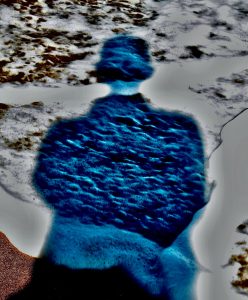
Experiential Living
I have no expectations that anyone will agree with what I write. However, wrong or right in the reader’s mind, I try my best to be totally honest and truthful as I understand it.
In the attempt to address the title of this blog ‘Art & Identity’, I will focus on myself as the prime example.
Accepting the given title ‘Black Artist’ a political construct. The vocation, professional practice, and the difficulties to generate a living income, force many individual artist to become different to the norms of society; simply in a search to satisfy the need to continue creating.
Wearing many different hats as a means of survival, at times I have been reluctant to identify myself with the usual stereotype of an artist. Instead preferring ‘visualist’ to describe what I do; someone engaged with visualisation.
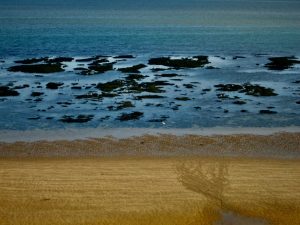
From my personal experiences I am able to write with confidence, I know it well. Anything else are opinions, analysis from research data and information. Writing text in that form, I can be corrected easily. In my beliefs and practice, truth stands predominantly.
I entered the world of the ‘Fine Arts’ through the medium of photography in the early 1970s, I was a teenager at that stage. In England, at that time, photography was predominantly viewed as applied art, used primarily to record and document reality. Other major use were in advertising and promotions, especially in commercials, and fashion retail. The way I was working was against the popular grain, to me the camera was a tool to begin making art.
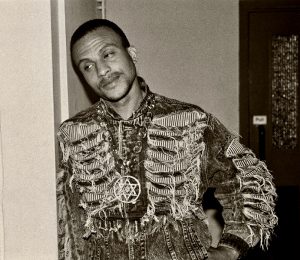
Traditional Photography
The final print was the visible proof, achieved through chemical process in the darkroom. I processed my own Black & White films and Prints. I was a member of Photo-Fusion and Four Corners photography workshops in London.
Mainly self-taught, the place where I visited often to gain knowledge and understanding of the photographic medium as art and craft, were the ‘Time Life’ American series of photographic books.
Within the huge volumes of books, there were almost nothing that appeared similar to who I am, in racial make-up and social background. I fully realised from that time, in this field of professional creative activity I was the outsider. I accepted and embraced that fact and, continued in the joys of looking and photographing.
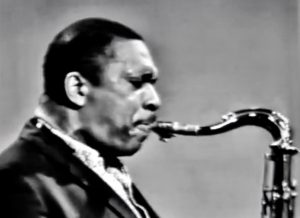
The small number of well known art – photographers I can recall at that time were all African-Americans; James Van Der Zee, Roy De Carava, Gordon Parks, Carrie Mae Weems, and Dawoud Bey.
In England, there were Armet Francis, Vanley Burke, Ronald Charlie Phillips, Joy Gregory, Ingrid Pollard and Dennis Morris.
Through my love for modern Jazz music I became aware of visual communication, the conceptual designs for album covers held my interest for a very long time. Especially, the photographs of Pete Turner, working with the CTI recording label. Photographers based in Africa, became well known much later.
Early Exposure
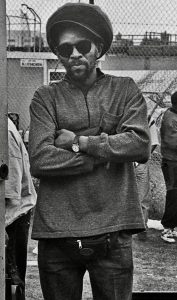
The first public show of my photographs was in an open exhibition at the Whitechapel Art Gallery in London, 1974. Using my given family name, I was Fitzroy C. Sang. If I remember correctlyly, there was only one other artist of colour in the show, a young painter.
Not long after, I was in the open Exhibition again with mixed-media (Photographs & oil paint) works, I sold a few pieces. That was the beginning of the long journey over five decades ago, arriving to where I am today, without any form of regrets or bitterness.
I was already active in the creative field before I attended art school at the beginning of the 1980s. My choice of where to attend was the right one, the curriculum allowed me to freely experiment and venture into all areas of interest.
I mixed and match my studies as I choose. photographs looked like paintings. At times I enjoyed working in clay and printmaking, using video techniques, paintings appeared to contain moving images.
While in art school, many friends outside the art circles, assumed I was a token, among the chosen few. For me, I was in a totally unknown place. Full of new exciting opportunities to explore.
As I progressed, definitions and refinement became difficult and extremely challenging. I learnt a lot, but almost nothing about what was directly representing me, who I am, in context and relating to creativity, culture and art.
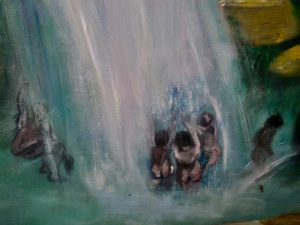
Good To Go!
In the final year before leaving art school, I knew my new route and destination was not among the progressive contemporary art galleries and dealers.
This fact had very little to do with content, quality and standard of work. I truly believe this. At that time in England, someone like me was not commercially viable. I am happy to say, a lot has changed since then, but some things remain the same.
However, in the 1980s, similar to the majority of budding artists leaving art school from an African – Caribbean – Asian background, to continue working, making art, and participating among the arts communities, the only doors opened with access were the public art institutional systems and circuits.
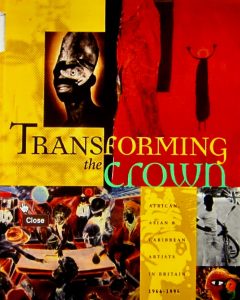
Step In & Up
I stepped in. I was among the group identified and categorised as the ‘Black Art Movement’ in the UK. Among the members of the group I worked with, Eddie Chambers was the driving force that promoted us to national visibility. Kwesi Owusu book – subtitled ‘The Art That Britain Ignores’ explained much about the times and events during the 1980s, and early 1990s in the UK.
Growing, maturing and becoming concerned about race and politics, as a foundation for creativity and focus for making art. I found the labelling and policies of Black-Art restrictive and limiting.
In the early 1990s, during a major meeting at Tate Britain in London, I presented an artist statement about my thoughts and feelings. A large number of copies were circulated. It was a form of symbolic gesture, severing my ties, and creative practice from the concepts, theories and ideologies of the Black Arts Movement.
Embracing my place of Origin completely, early in the 190s, I became Danijah Yekuno Tafari. I left the UK, at the beginning of the twenty first century. Entering the wilderness and wide-open spaces of World – Art, and began my creative adventures in the Global African Village. A place and destination on the planet, where there are large communities of people from an African-Origin – Inside Out or Outside In.
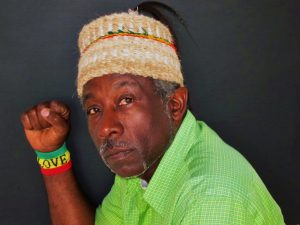
Recently
I was in England when the virus Covid-19 arrived and the big lockdown began. I am still here, now based between the West Midlands , England, and Addis Ababa, Africa. I am attempting to making new work, World art. Directly related and indirectly unrelated to all human beings, and not only about African – Caribbean – British communities in their locale.
I needed to thank you for this excellent read!! I definitely loved every little bit of it. Ive got you saved as a favorite to look at new stuff you postÖ